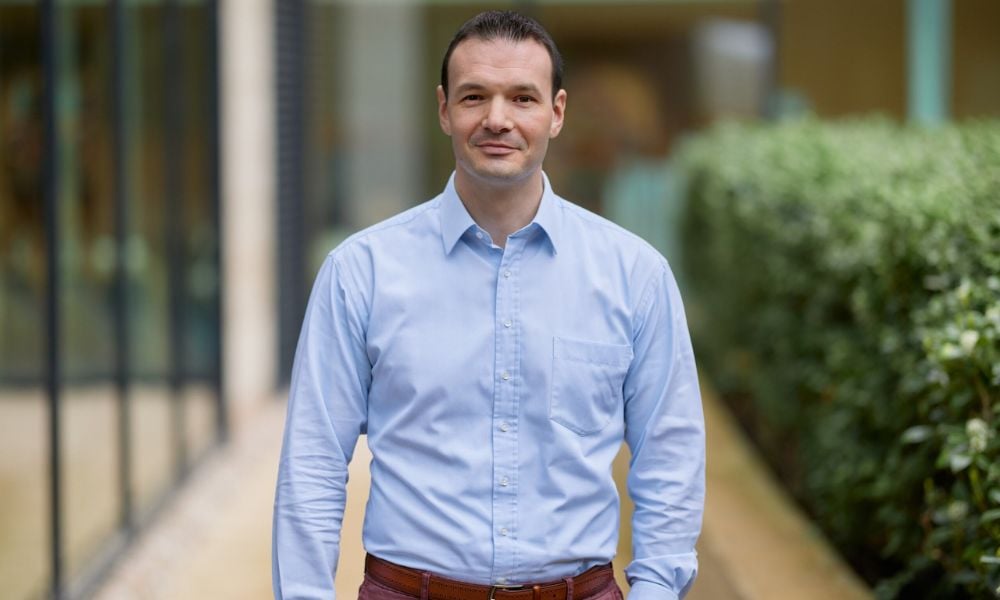Why, in the age of indexing, "actual investing" can still deliver significant value for institutions, pensions, and ordinary investors

When Seiko unveiled the first commercial quartz watch at the 1970 Basel Fair, jaws dropped throughout the Swiss watch industry. The Japanese had produced a cheap, accurate challenger to the mechanical timepieces perfected in Switzerland over centuries.
The “quartz crisis” soon forced traditional watchmakers to adapt to the new incumbent technology. But the market for Swiss mechanical watches of enduring quality still flourishes. Why?
There are parallels with the investment world, where the first index fund debuted in 1976. It promised investors access to markets without the high costs of active management. Index-tracking “passive” management has become readily available across multiple investment areas. Why, then, nearly half a century later, are active managers still going strong?
Baillie Gifford’s answer is that active, or actual, investors – as we like to call ourselves – are free to allocate capital to enduring sources of growth and returns. We’re not tied to backward-looking passive indices. Actual investors focus on future growth.
We find support for our approach beyond conventional financial research, and draw on alternative sources, including academia, to confirm our understanding and the enduring value that active investing is best placed to bring.
One such source has been professor Hendrik Bessembinder of Arizona State University. One of his studies, of US stock market returns between 1926 and 2021, found that the top five percent of all listed equities combined to account for total stock market net gains.
Bessembinder’s data showed that 58 percent of equities lost money over the whole period they were available as investments, 37 percent collectively offset those losses, and the best-performing five percent accounted for an amount equivalent to the entire net gain.
Some might call this an argument for passive management. To us, it explains why actual investors must focus on the small cohort of companies with long-term compounding potential, and management ambition to match.
But how do we find them? Bessembinder sifted through years of data to discover the common characteristics of those big winners. What can we learn from this?
- Lesson 1: focus on growth. Winning companies invest in research and development while they grow returns, scale, and profitability. Firms succeed or fail for many reasons, but a commitment to R&D is a must. Bessembinder’s evidence suggests that, over long-term horizons, returns follow fundamentals. Whatever the company’s history, R&D spending is key to profitability.
- Lesson 2: have patience. It’s a quality that the market has been losing over time. Long-term investors in top-performing companies must have the stomach for large peak-to-trough share price declines. Amazon saw three drawdowns – of 93 percent, 45 percent, and 56 percent respectively – over a period (1997–2019) in which it still generated $865B in shareholder returns.
- Lesson 3: avoid biases. Just because tech stocks have been some of the strongest performers, it doesn’t follow that companies in that category have an outsized chance of extreme performance. The research reveals the opposite to be true. What’s needed is a careful study of individual firms and their competitors. The best approach is to build relationships with founders and managers to help assess their chances of success.
Actual investors need time and space to think about where the big returns will come from. The above lessons tell us that the answer can’t be just a matter of passively owning the biggest companies around. Actual investors are on the lookout for companies capable of joining the illustrious five percent of big winners.
Swiss watchmakers discovered that high-quality hand finishings and luxury branding still meet enough of a need to sustain a traditional watch industry. Many still value the exquisite craftsmanship of heirlooms that can be passed down the generations.
Just as quartz watches have made accurate time-keeping more accessible, passive management offers a cheaper way to gain broad market exposure. But managing an active portfolio is about beating the market, not just accessing it. That’s not easy, but it can be done by identifying what the growth drivers are going to be in the long term, allocating capital with conviction, and showing patience in the face of the inevitable short-term ups and downs.
Seeking that tiny percentage of winners takes experience, curiosity, lateral thinking, relationship building, optimism, and, perhaps most importantly, imagination. As with Swiss watchmaking, demand for the craft of the actual investor will endure.
Anthony Spagnolo is a director at UK investment manager Baillie Gifford and is based in Toronto. He is a member of the advisory board of Benefits and Pensions Monitor.



